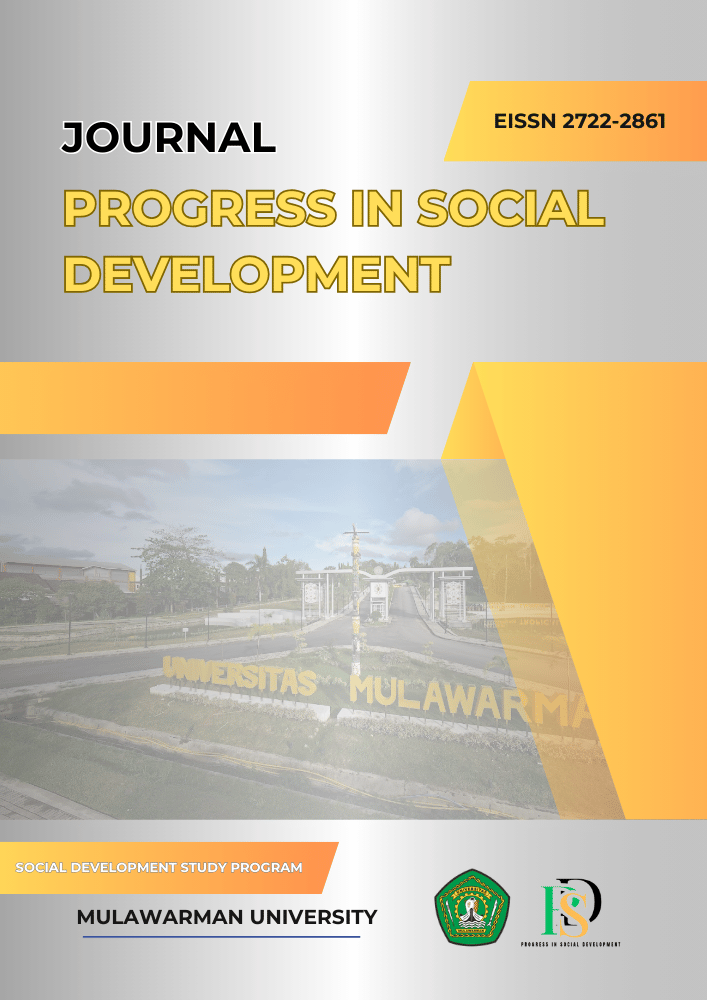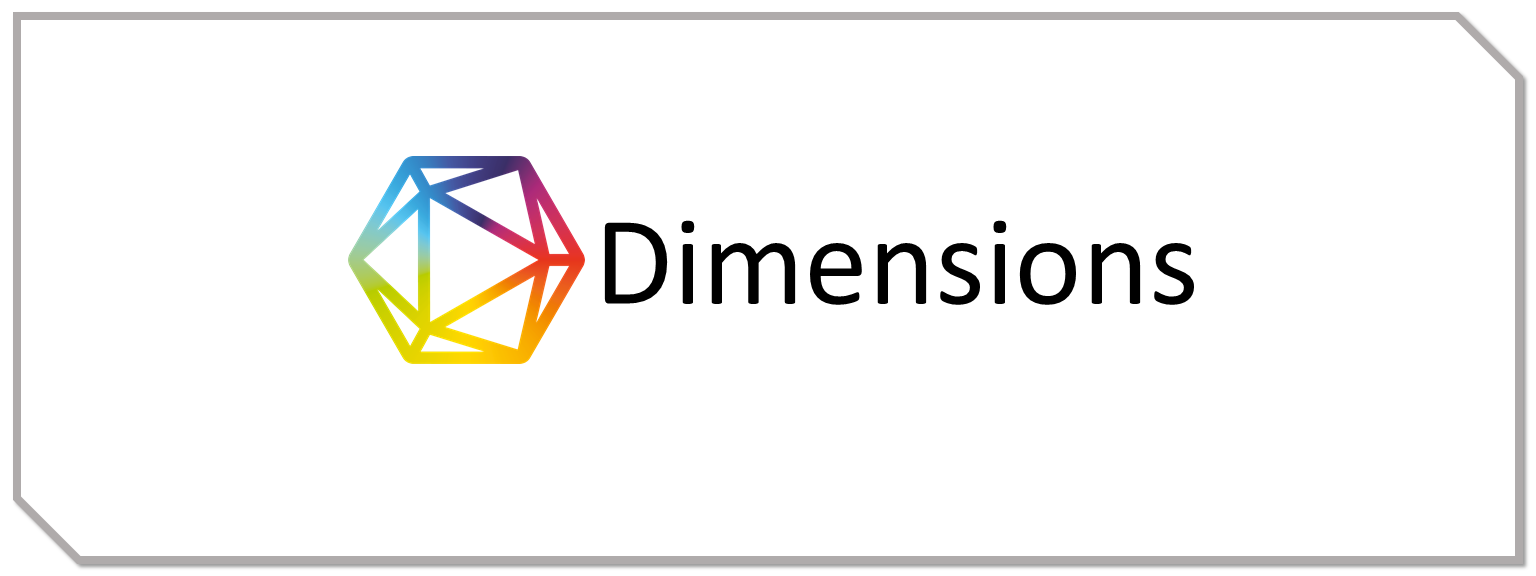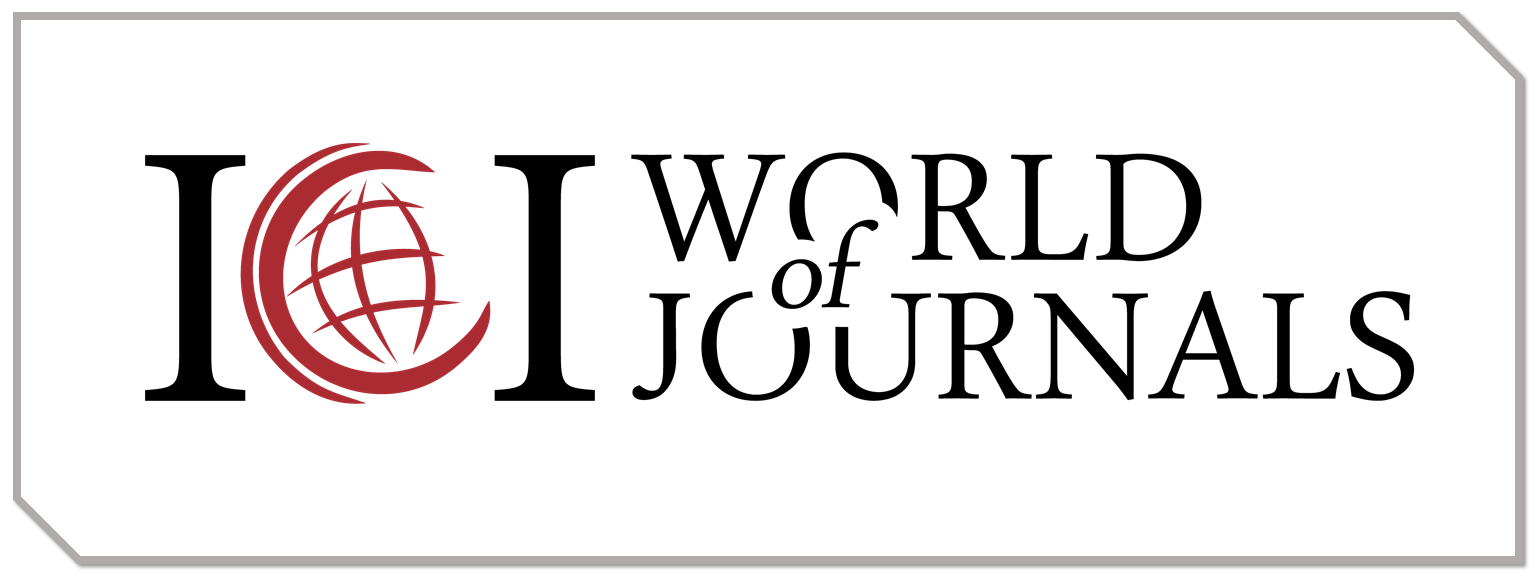THE ROLE OF GOVERNMENT AND UNHCR IN PROMOTING EDUCATIONAL ACCESS FOR AFGHAN REFUGEES IN PAKISTAN
Abstract
Despite efforts by the government of Pakistan and the UNHCR to establish formal regulations and educational programs for Afghan refugee children, the results are mixed and unclear. On the one hand, these actions resulted in the enrollment of about 56,000 Afghan students and the placement of some refugee children in public schools. Meanwhile, overall enrollment fell from 55% in 2019-2020 to 18% in 2022-2023, demonstrating that, while legal and strategic frameworks exist, operational gaps, resource constraints, and cultural barriers continue to inhibit their effectiveness. This study aims to find out what the Pakistan’s government and UNHCR do within their legal frameworks and techniques to help Afghan refugees continue their education, and why the program is problematic. This research consider the Pakistan government's and UNHCR's legislative frameworks for expanding educational access for Afghan refugees and the implementation of these initiatives. The investigation examines UNHCR and government records to understand their service delivery goals. Economic concerns, school overcrowding, unequal opportunities for genders, and a lack of resources prevent children from achieving optimal growth. This study demonstrates that high-quality interventions, coordinated planning at all levels, and ongoing support enable Afghan refugees to receive a good education in their host nation. The study proposes improving education and making refugees feel more welcome in the Pakistani educational society.
Downloads
References
Abbas, A., & Smith, J. (2023). Gender inequality in education: A comprehensive examination of social science studies. The Critical Review of Social Sciences Studies, 1(1), 11–22.
Abdulghani, M., & Guoyuan, S. (2023). A conceptual model of the factors affecting education policy implementation. Education Sciences, 13(3), 260. https://doi.org/10.3390/educsci13030260
Anis, F., & Ahmad, Q. (2023). Analysis of educational institutions' public policy formulation process (Formulation, agenda arrangement, and ratification). Journal of Educational Development and Administration, 2(2), 183–190. https://doi.org/10.55927/jeda.v2i2.4166
Balochistan Education Plan (2020–2025). (2020). Secondary Education Department, Government of Balochistan. https://planipolis.iiep.unesco.org/sites/default/files/ressources/pakistan_balochistan_besp2020-25.pdf
Basit, A. (2021, February 25). The Pakistan-Afghanistan border fence is a step in the right direction. Al Jazeera. https://www.aljazeera.com/opinions/2021/2/25/the-pak-afghan-border-fence-is-a-step-in-the-right-direction
Borthakur, A. (2017). Afghan refugees: The impact on Pakistan. Asian Affairs, 48(3), 488–509. https://doi.org/10.1080/03068374.2017.1362871
Butt, A. K. (2024). Educational pursuits of resilient Afghan women students in Qatar post-2021 Taliban takeover: Challenges, migration motives, and future aspirations (Master's thesis, Hamad Bin Khalifa University, Qatar).
Creswell, J. W. (2011). Educational research: Planning, conducting, and evaluating quantitative and qualitative research (4th ed.). Pearson.
Dolapcioglu, S., & Bolat, Y. (2021). The education issues of Syrian students under temporary protection status. Research in Education, 109(1), 3–19.
Edwards, A. (2005). Human rights, refugees, and the right to enjoy asylum. International Journal of Refugee Law, 17(2), 293–330.
Gay, L. R., Mills, G. E., & Airasian, P. (2012). Educational research: Competencies for analysis and applications. Pearson.
Givheart, D. (2024). Strengthening outcome-based education: Capability approach perspective. Edukasiana: Jurnal Inovasi Pendidikan, 3(2), 143–155. https://doi.org/10.56916/ejip.v3i2.550
Grant, C., & Osanloo, A. (2014). Understanding, selecting, and integrating a theoretical framework in dissertation research: Creating the blueprint for your “house.” Administrative Issues Journal, 4(2), 4–13.
Hamed, S., Seddighi, M., Rafieifar, M., & Ilea, P. (2022). Education of Afghan refugee children in Iran: A structured review of policies. Children & Society. https://doi.org/10.1111/chso.12620
Hervé, N. (2018). Inclusion of Afghan refugees in the national education systems of Iran and Pakistan.
Kumar, R. (2023). Afghans fled for a better future, but 2 years later, it is a dream for most. Al Jazeera.
Laura, P. (2023). On multiple objects and ontic fixes: Human rights and the ‘forgotten’ politics of the United Nations’ human rights-based approach. Millennium: Journal of International Studies, 51(2), 519–551. https://doi.org/10.1177/03058298221146303
Lobos, J. (2023). Understanding trajectories of refugee inclusion in national education systems: Policy and data perspectives from Peru; background paper.
Malick, N. U. H., Nawaz, M., Khan, M. A., & Tayyab, M. (2024). Minister for women’s welfare committee on gender inclusion and cultural engagement for climate mitigation.
Metni, E. (2022). Exploring Lebanese teachers’ engagement in a low-cost, technology-enhanced, problem-solving-oriented learning intervention with refugee children (Doctoral dissertation, University College London).
Morrice, L. (2021). The promise of refugee lifelong education: A critical review of the field. International Review of Education, 67(6), 851–869.
M., Radhouane. (2023). Pedagogical challenges in integrating refugee students into the Global North: A literature review. Prospects, 53(1–2), 151–168. https://doi.org/10.1007/s11125-022-09632-7
Nateghi, M. (2024). The right to education for Afghan refugee children in Iran: Barriers and progress (Master's thesis, UiT Norges arktiske universitet).
National Assembly Secretariat. (2012). An Act to provide free and compulsory education to all children from five to sixteen years. The Gazette of Pakistan.
Ozlem, E.-B. (2023). The role of temporary education centres on Syrian refugee students' socio-cultural adaptation. Adıyaman Üniversitesi Eğitim Bilimleri Dergisi, 13(1), 1–20. https://doi.org/10.17984/adyuebd.1113518
Palik, J., & Østby, G. (2023). Interventions to improve refugee children’s access to education and quality learning: A scoping review of existing impact evaluations. International Review of Education, 69(1–2), 227–247. https://doi.org/10.1007/s11159-023-10004-2
Shah, S. H., Bashir, B., & Zareen, H. (n.d.). The role of the United Nations High Commission for Refugees (UNHCR) is to provide basic education to Afghan refugees in the Hazara Division, Pakistan.
Shebl, E. M., Shaker, R. H., El-Desouky, R. S., & Othman, M. F. (2024). Assessment of general health status among refugee women in Greater Cairo. Benha Medical Journal.
Sofie, C. (2009). Societies in conflict: The education of young female Hazara Afghan refugees in Quetta, Pakistan: Factors influencing access to basic education.
Tazin, M. H. (2023). Right to education of refugee children: An analysis of the United Nations High Commissioner for Refugees’ education programs (Doctoral dissertation, East West University).
Thomas, R. L. (2016). The right to quality education for refugee children through social inclusion. Journal of Human Rights and Social Work, 1, 193–201.
United Nations. (2015). Sustainable Development Goals. United Nations Sustainable Development. https://www.un.org/sustainabledevelopment/sustainabledevelopment-goals
UNESCO. (2018). Global education monitoring report 2019: Migration, displacement, and education—Building bridges, not walls. UNESCO.
UNHCR. (1951). Convention and protocol relating to the status of refugees. https://www.unhcr.org/media/convention-and-protocol-relating-statusrefugees
UNHCR. (2022). Refugee statistics. https://www.unrefugees.org/refugee-facts/statistics/#:~:text=Global%20Trends%20At%2Da%2DGlance,63.3%20million%20internally%20displaced%20people
UNHCR. (2023). Data and statistics: Global trends. https://www.unhcr.org/us/global-trends
Van Esveld, B. (2023). A will and a way: Making displaced children’s right to education enforceable. Laws, 12(1), 16.
World Health Organisation. (2022). World report on the health of refugees and migrants: Summary. World Health Organisation.
Yanan, F., Laura, J. S., Eve, S., Waters, M., Stone, R., Abel, E. L., & Johnston, E. (2019). Gender and cultural bias in student evaluations: Why representation matters. PLOS ONE, 14(2). https://doi.org/10.1371/JOURNAL.PONE.0209749
Zetter, R., & Ruaudel, H. (2016). Refugees’ right to work and access to labour markets—An assessment. Part II: Country cases (Preliminary). KNOMAD.
Copyright (c) 2025 Khizer Hayat, Benafsha Ahmadi, R. Alpha Amirrachman

This work is licensed under a Creative Commons Attribution-ShareAlike 4.0 International License.












